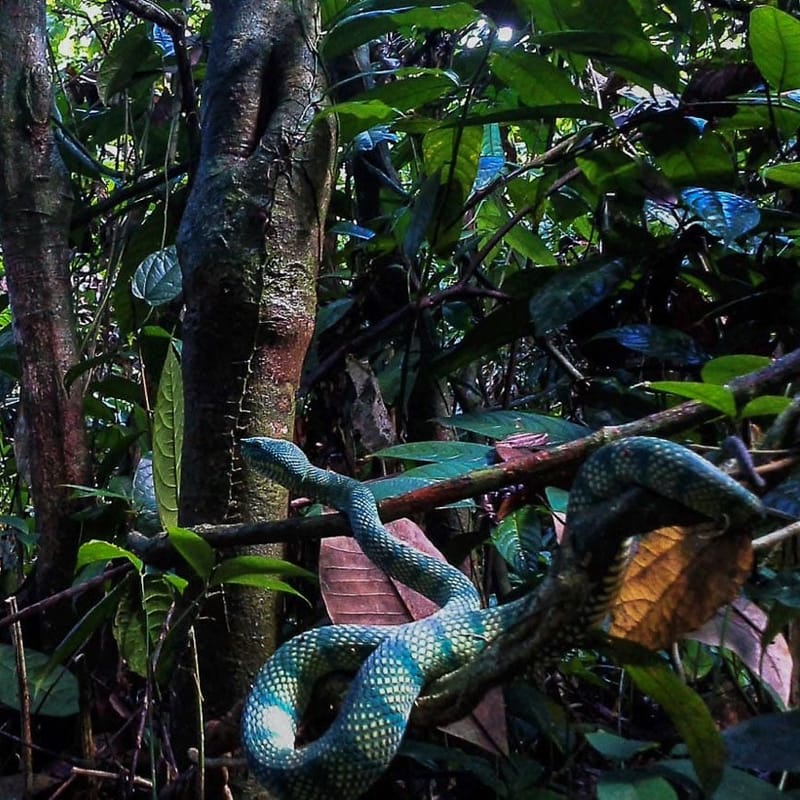Artist Jessica Chen is fascinated by tropical jungles. She feels more at home there - alone among tall trees and exotic plants - than she does in her home country of Canada. In the eight years since she graduated from art school in Toronto, where she focused on painting and drawing, Jessica has been traveling along the equator in search of tropical inspiration and rare plantlife.
Join THE KINDCRAFT for a tour of the earth's third largest island - Borneo - which is divided up between Indonesia, Malaysia, and Brunei. As you read our interview below, imagine that we're chatting with Jessica as we walk deep into the jungle where we'll see the tropical fruits, strange flowers, insects, and reptiles. These are the things that inspire Jessica's illustrations, which are in-step with fashion's favorite trend: tropical prints and patterns.
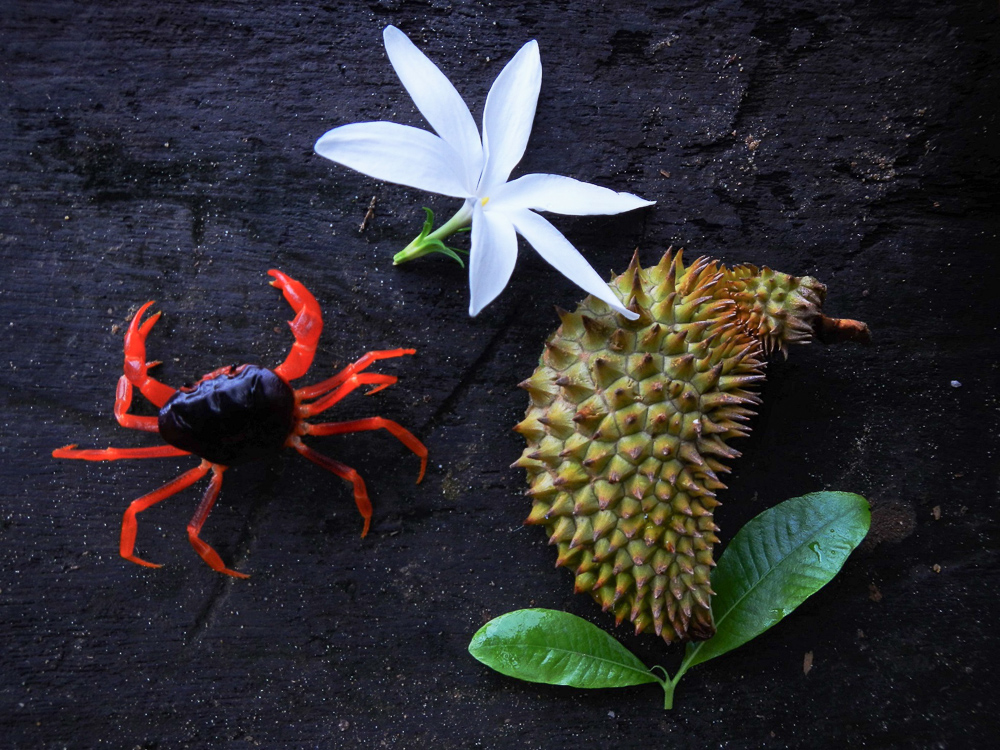
THE KINDCRAFT
Has your art always been inspired by the natural world?
JESSICA CHEN
As a young adult I made small artworks that involved elements from nature: I painted images of kiwi fruits, wrapped notes to friends in rolled up garden leaves, and made pen-and-ink drawings on dried plants.
By university, I was fascinated with Japanese papermaking techniques and the traditional uses of natural tree fibres. I was living in the city and interacting with the natural paper and sumi-e Japanese ink painting materials were my only connection with the natural world. I would even play nature documentaries in the background as I worked, daydreaming of becoming an explorer.
THE KINDCRAFT
Tell me about your travels. What places inspire you the most?
JESSICA CHEN
Tropical environments along the equator fascinate me most because of the sheer diversity of exotic flora and fauna and the exquisiteness of weird and wonderful life forms. After I graduated from art school, I moved to Seattle and experienced the majestic Pacific Northwest region of the United States, then to Hawaii. It wasn’t until I made the move to Sarawak, Borneo that I really felt like I was at home in the jungle. It is a place of strange and deeply mysterious beauty, and it's still the most interesting place I've ever been.
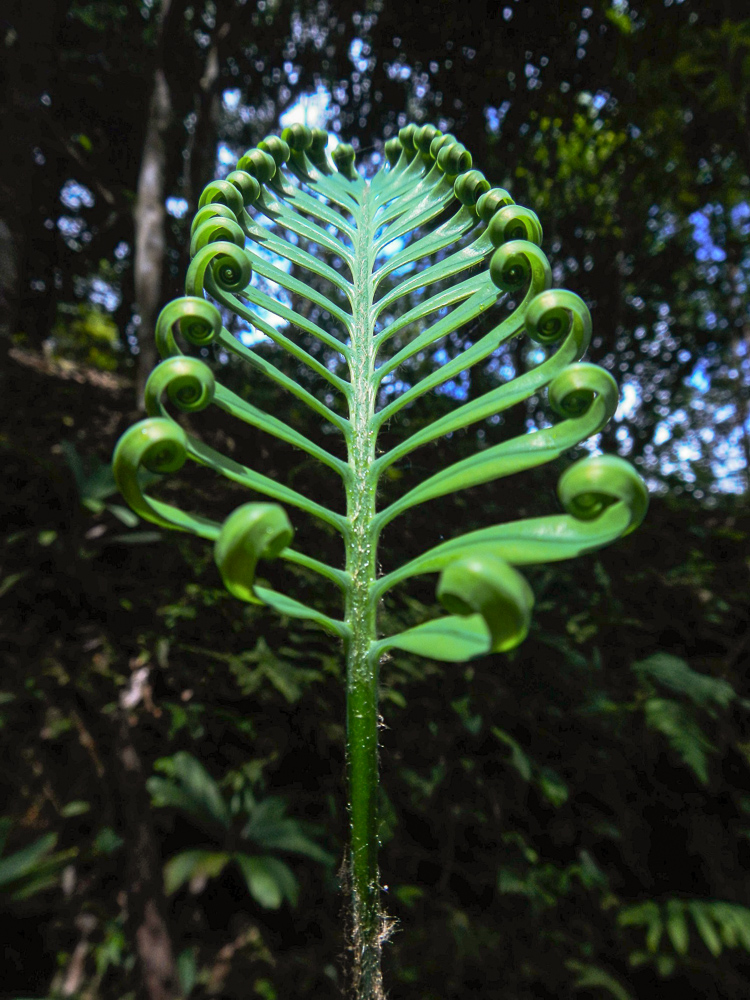
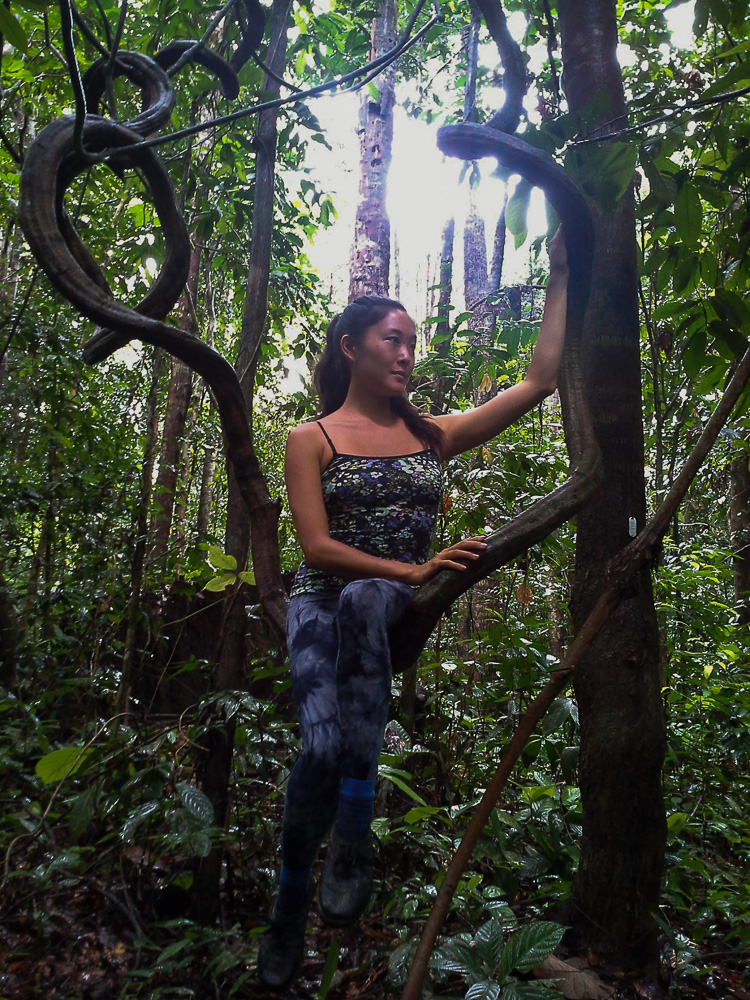
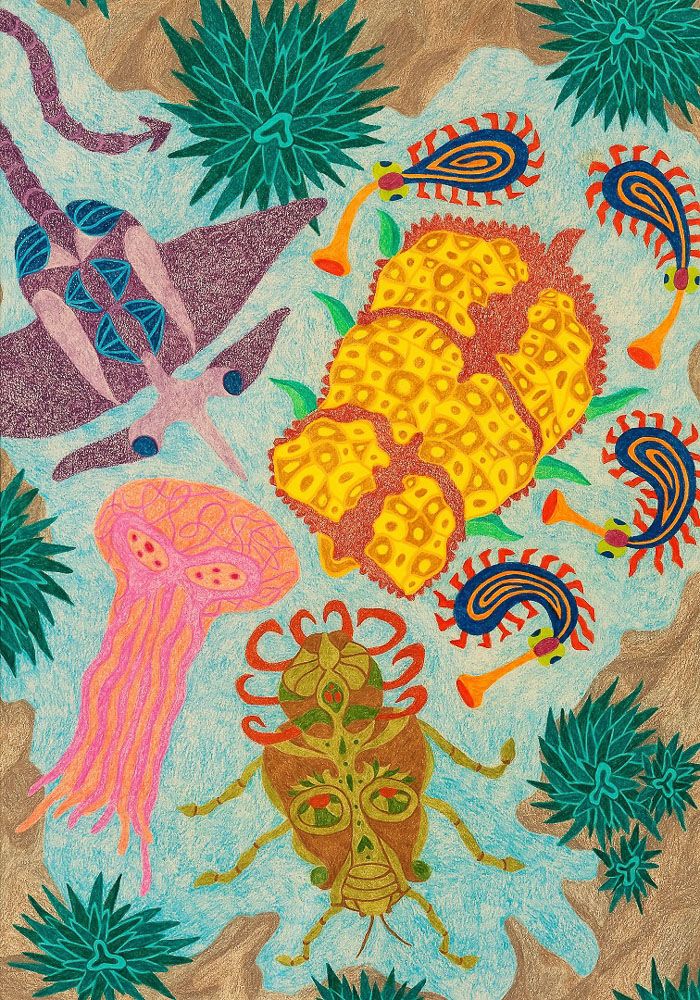
THE KINDCRAFT
What led you to Borneo?
JESSICA CHEN
While I was living 6,000 miles away in Maui among tropical fruit trees and exotic ornamental plants, I realized that much of the plantlife that I loved in Maui was actually imported from other places like Borneo, South America, and Thailand. I learned that Borneo is home to some of the most biodiverse rainforests on the planet. I wanted to explore the land, see and taste wild fruits, learn about native flora and fauna and local culture. As a visual artist, I knew in some way that it would be a catalyst for my art making.
What was meant to be a couple of months in Borneo stretched out into a four-year journey through the jungles and gardens of Sarawak, West Malaysia, Brunei, Vietnam, Indonesia, and Thailand. Throughout those years I spent about half of the year in Sarawak in a small wooden hut on a mountain in the Borneo Highlands a few hours outside of Kuching. It was an ideal situation for an artist’s retreat and outdoor studio. With no internet, no electricity, and very few people, I got to spend time with beautiful plant life and enjoy the sounds of the shama birds, frogs, and insects.
THE KINDCRAFT
What's the most thrilling thing you've ever seen in the jungle?
JESSICA CHEN
Borneo’s Rafflesia and Amorphophallus flowers in full stinking bloom. They both smell like rotting flesh and the Rafflesia is known as locally as the corpse flower. To some, this is disgusting, but to me, it's interesting that a plant could have evolved to produce a smell that attracts flies for pollination.
These plants are both also stunningly large. The parasitic 5-petal Rafflesia is the world's largest flower weighing up to 10 kilos (22 pounds) and measuring up to 100 centimetres (39 inches) in diameter. It is a rich, fiery red color with a rubbery, knobbly, otherworldly texture.
The Amorphophallus is a dusky purple sentinel out of which emerges a long, phallic spadix spike.
THE KINDCRAFT
Tell me what inspires your work outside of the jungle.
JESSICA CHEN
I was recently taken by ikat textiles from the Indonesian island of Sumba. Sumbanese women are skilled weavers who use textile art as a way to pass on important messages to future generations. Their textiles often symbolize the female element of the cosmos, or plants and animals. It is believed that these special garments allow the wearer to acquire the qualities of the life-forms represented in the woven motif. This philosophy made me wonder how the plants and animals I draw - real and imaginary - could be perceived symbolically.
Are you making art as you travel? What materials are you using?I have been living a nomadic existence that requires me to be frugal and light in material. Soft paper, color pencils, black pen, and watercolors are a perfect combination for me while I'm on the road. I can roll my drawings up in a tube and hop on a plane, then unroll them onto any table and continue working at my next destination. Eventually, I would like to explore how to transfer my illustrations onto fabric.
For me, travel is one of the greatest forms of self-discovery. I’m sure that if I hadn’t made the trip east I wouldn’t be creating the art that I’m making now.
THE KINDCRAFT
Please share your creative process.
JESSICA CHEN
I feel that my sense of urgency to experience and connect with the natural world comes through in my work. My drawings are usually very colorful and filled with many organic shapes. I seldom plan my compositions as I prefer to allow the forms to spontaneously emerge as I draw. For me, it is a magical, untraditional process that leads to surprising results.
When I make symmetrical drawings, I often draw with my left and right hand simultaneously. Each hand will draw the mirror image of the other representing the symmetry of natural forms.
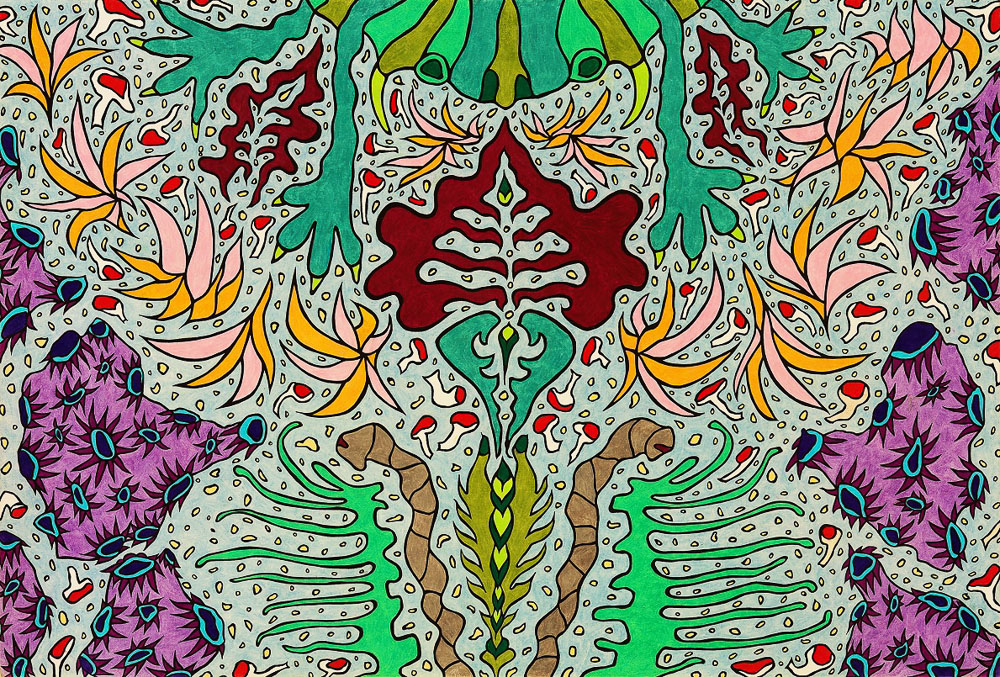
Photos and drawings by Jessica Chen.

